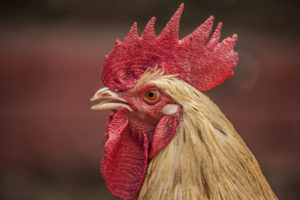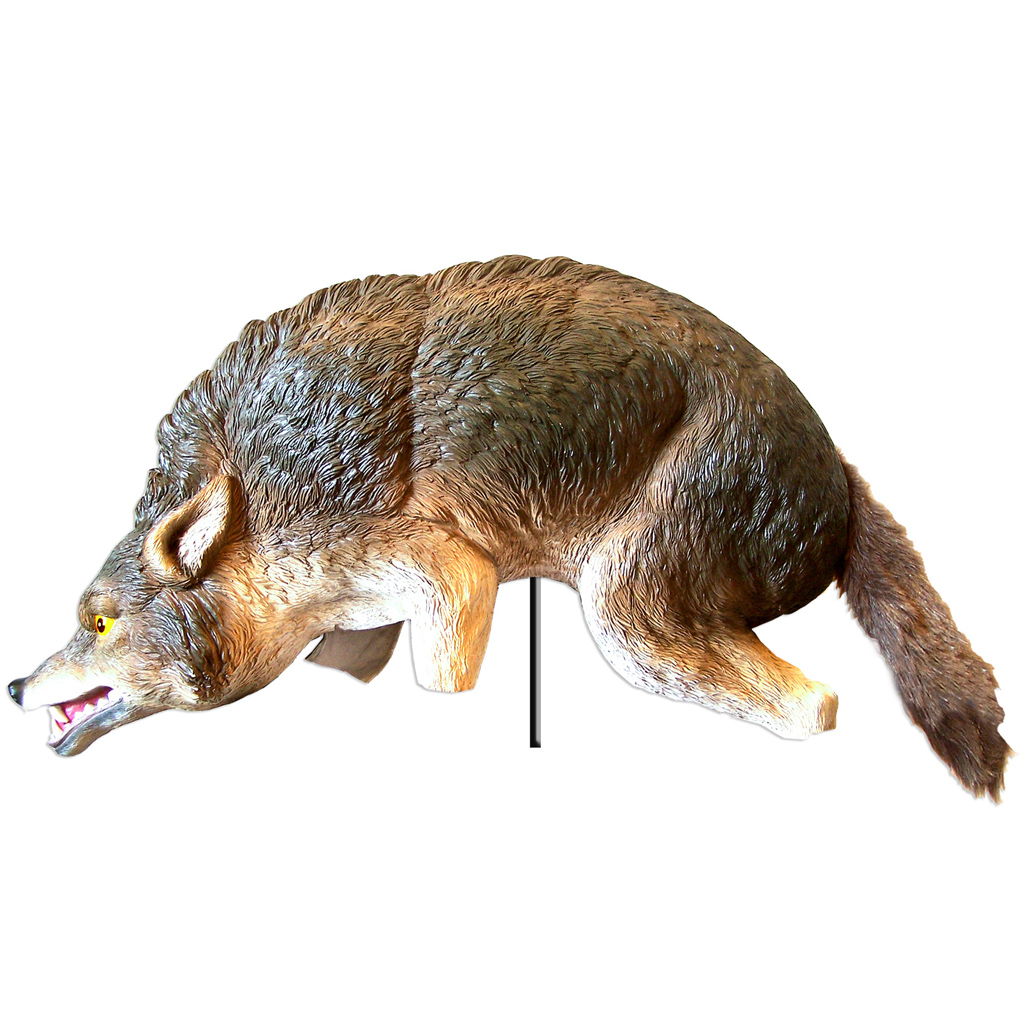Birds Are Not the Only Carriers of Avian Influenza
By Tim Gibbons, Marketing Intern for Bird-X, Inc.
Global poultry production has more than quadrupled since 1970, with the United States leading the flock. However, due to the rising demand for chicken and other poultry, Avian influenza, or ‘bird flu,’ outbreaks have occurred at an accelerated rate, causing concern across the agricultural industry. Most alarmingly is the fact that the 2014 bird flu virus killed nearly 50 million birds, according to Fortune, and drove meat and egg prices to record highs.i
Poultry and egg producers battle to recover from that bird flu outbreak, which totaled about $3.3 billion in cost, and earned the title of the largest animal health disaster in American history by National Geographic.ii A recent discovery by the National Wildlife Research Center (NWRC) has offered scientists more insight as to how the virus can spread between farms miles apart—it’s carried by wild mammals.iii
In another laboratory experiment performed at the NWRC, scientists learned that cottontail rabbits and striped skunks can transmit certain strains of the bird flu virus to mallard ducks after sharing food and water sources, according to NWRC biologist Jeff Root.iv
What Does This Mean?
This discovery sheds light on the importance of keeping wild birds and pest mammals away from poultry barns, which can be a challenge for barn facilities management. “When wildlife and poultry interact and both can carry and spread a potentially damaging agricultural pathogen, it’s cause for concern,” Root said regarding the same study.iv Although most bird flu viruses do not affect humans, certain subtypes of the virus are zoonotic, meaning they can be contracted by humans. The most common form of Avian influenza, H5N1, is deadly to birds and can easily infect humans that come in contact with a carrier.
The Center for Disease Control and Presentation reports that more than 200 human cases of the H5N1 virus have been reported since 2004, killing nearly 60 percent of those infected. Human cases are rare, but the most common transmission of the virus is via direct contact with secretions from infected poultry. The current form of the virus cannot be transmitted from person to person. However, there are broad concerns related to its potential to mutate into a form that can spread between people, causing a human influenza pandemic.v
The Bird-X Solution
In order to prevent the spreading of bird flu, farmers must minimize risk by ensuring that wild birds and mammals are kept away from poultry barns. Bird-X offers bird and pest control products that are extremely effective, safe, humane, and eco-friendly—while avoiding the use of dangerous poisons and traps. Implementing Bird-X solutions reduces health and liability risks, which ultimately saves time and money.
The BroadBand PRO is the best-selling device for outdoor use to deter wild birds. This electronic bird control device combines both sonic and ultrasonic audio techniques that emit sounds to confuse, disorient, and intimidate pest birds, keeping them away for up to six acres. This product also comes with an option to include three visual scares for added efficacy.
To fend off both pest birds and wild mammals, bird netting is ideal for blocking off larger areas. Bird netting seals off areas where pests are not wanted and is perfect for creating completely pest-free zones.
Bird-X solutions mimic threats or create physical barriers so that pest birds and animals think an area in unsafe. Over time, pests are conditioned to avoid an area where this threat is perceived, seeking refuge elsewhere. The Chicago-based company has been developing humane, sustainable ways to manage bird and pest problems for over 50 years, and is dedicated to working with clients to find the best and most cost-effective solutions to control unwanted pests.
If your farm facility would benefit from Bird-X’s humane pest control products, let us know in the comments! For more information on bird flu, as well as other diseases carried by pest birds, please visit Bird-X’s Transmissible Diseases information page.
Sources:
[i] Fry, Erika. “What the Worst Bird Flu Outbreak in U.S. History Means for Farms.” Fortune. 2016 Time Inc., 24 June 2015. Web. Accessed 7 July 2016.
[ii] McKenna, Maryn. “Bird Flu Cost the US $3.3 Billion and Worse Could Be Coming.” National Geographic. 2016 National Geographic Society, 15 July 2015. Web. Accessed 7 July 2016.
[iii]Root, J. J. et al. When fur and feather occur together: interclass transmission of Avian influenza A virus from mammals to birds through common resources. Sci. Rep. 5, 14354; doi: 10.1038/srep14354 (2015).
[iv] “When Fur and Feather Meet.” United States Department of Agriculture—Animal and Plant Health Inspection Service. USDA.gov, 28 March 2016. Web. Accessed 5 July 2016.
[v] “Avian Influenza A Virus Infections in Humans.” Centers for Disease Control and Prevention. CDC.gov, 25 May 2016. Web. Accessed 5 July 2016.
Recommended Products
Shop Broadband Pro
Shop Netting
Shop Visual Scares
Shop Lasers










Leave a Reply
Want to join the discussion?Feel free to contribute!